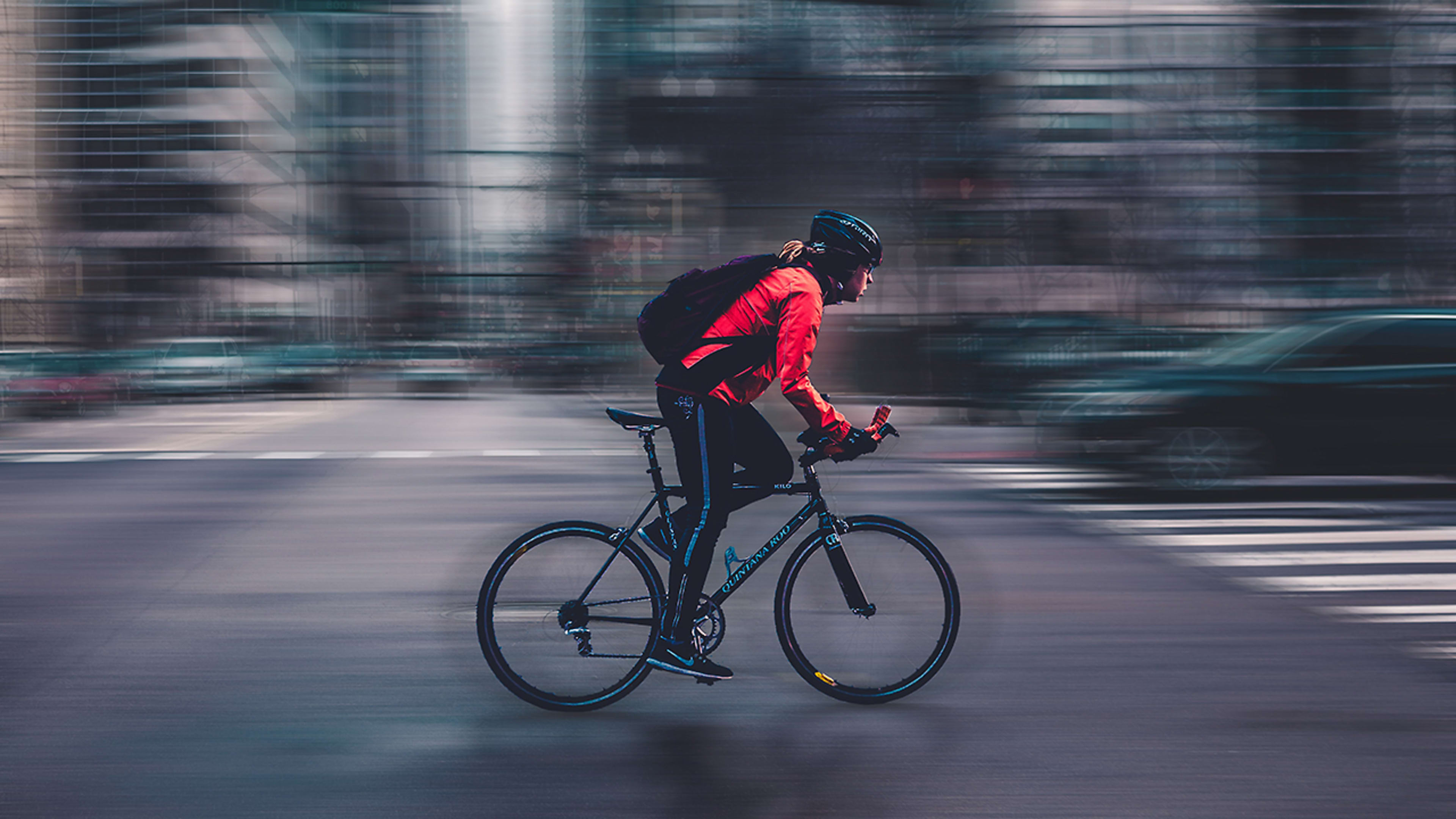The driver who parked in a bike lane or almost ran you over at an intersection is bad at driving. That much we know. But just how bad? A new app will make it easier for people to report this unsafe behavior—and see how many infractions that person racked up, at least under that car’s license plate.
OurStreets, scheduled to debut January 11, represents the next step for an app that launched in the summer of 2018 as a Twitter bot called How’s My Driving DC. Much like a similar bot in New York, it let frustrated cyclists and pedestrians in Washington, D.C., tweet out a license plate and get back a record of unpaid citations from the district’s public-facing database.
Developers Daniel Schep and Mark Sussman then turned the bot into a web app that lets users submit reports of capricious car operation to the district’s government, routing those about city vehicles and for-hire and ride-hailing cars to the appropriate branches. They next began adding support for reports of blocked bike lanes in Arlington, Virginia, and Pittsburgh; in September, the app was one of three winners of a competition run by US Ignite, a smart-cities advocacy group.
The results around the Washington area have been enlightening and infuriating. Many of the offending drivers reported via the app owe thousands of dollars in unpaid fines—for instance, $17,040 for one Kia registered in Virginia and spotted parked in a bike lane downtown.
With the rebranding of How’s My Driving to OurStreets, Schep and Sussman also plan to ship native Android and iOS apps that can recognize license plate states and numbers automatically, eliminating one step in reporting offending vehicles. They will also support reporting e-scooters and bike-share bicycles left in the wrong places.
Getting away with it
As cathartic as using these apps might be, they won’t be able to promise the thing most on many users’ minds: swift and sure justice against all these drivers who appear incapable of sharing the road.
“For all those cars and trucks just parked in the bike lane, this is an app that makes you feel like you’re helping when in all likelihood nothing will ever happen,” says Tom Bridge, an IT consultant in northeast D.C. and a regular user of the How’s My Driving Web app. “That car that has $5,000+ in tickets? It’s not getting towed.”
The ability of a city to act on reports sent through an app such as How’s My Driving or OurStreets will vary depending on what kind of vehicle was at fault. City-owned vehicles top that list, followed by such for-hire vehicles as taxis and cars driven for Uber and Lyft. And the drivers of plain old personal cars are most likely to get away with continued abuse of the roads.
Apps like this one can help cities identify the most problematic spots.
Municipal statutes can further impede taking action even against classes of drivers already subject to more direct regulation.
“Our direct integration with the D.C. Dept of For-Hire Vehicles has resulted in HMD app reports turning directly into reprimands for D.C. taxi drivers,” Sussman wrote. “There is less jurisdiction/recourse for Uber and Lyft drivers as they are not currently required to register directly with DFHV.”
But Sussman noted that apps like this one can help cities identify the most problematic spots.
“Data from OurStreets will be vital to determine how best to deploy resources to monitor bike lanes,” he said. “Additionally, I think there is an opportunity to overlay OurStreets data with citation data in real time and optimize enforcement routes for all enforceable driving behavior.”
D.C.’s Department of Public Works, the agency that issues parking tickets, did not respond to a query.
Sussman said that while OurStreets’ full reporting functions will be limited to the district, the developers plan to expand them to the app’s other early partners; they’re also talking to governments in Alexandria, Minneapolis, and Philadelphia.
He added that the long-term strategy is to cover the app’s cost with a freemium business model, in which OurStreets could sell detailed data-feed services to cities and also offer insights to “third parties like insurance companies, transportation planners and researchers.” The new app’s e-scooter and bike-share reporting functions could allow for similar premium feeds for micromobility operators.
First, though, cities need to place a higher priority on holding drivers accountable.
As Bridge put it: “Until municipalities see these kinds of violations for the safety threat that they are, nothing will change.”
Recognize your brand’s excellence by applying to this year’s Brands That Matter Awards before the early-rate deadline, May 3.
